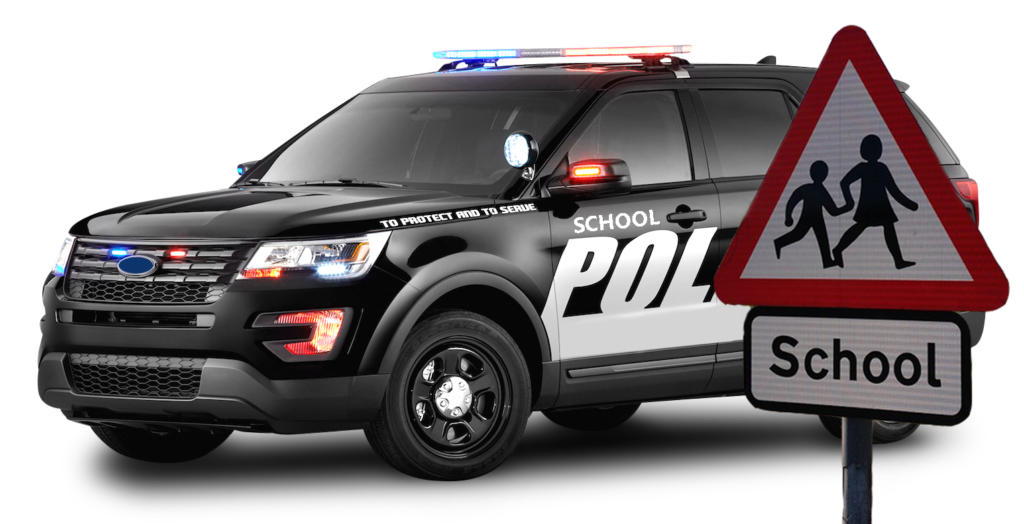This is shocking …and most people are not aware of these alarming statistics:
- The U.S. averages 1.5 school shootings every week; and
- Since the Sandy Hook shooting in 2012, 400 people have been injured at 200 school shootings in the U.S. – 130 of which occurred at elementary, middle and high schools in 43 different states.
The controversy over gun control is rampant but few doubt anything will change in spite of the recent shooting tragedy at Marjory Stoneman Douglas High School in Florida. Something should change. Schools, churches and public gatherings should not be subjected to shooters. But, what can average citizens do about this?
Gun reform cannot be controlled by education leaders, school administrators, local elected officials or local police. Nor can average citizens control the mental health issues that drive individuals to shooting rampages in schools, public buildings or churches.
Last week, the House passed a bill to authorize $50 million in grant funding for schools to conduct training and implement safety protocols. That’s not much funding for a problem this large in scope. Last year, sales of security equipment and services to the education sector alone exceeded $2.7 billion. Even that resulted in no decline in the number of incidents. One has to question what Congress thinks another $50 million will accomplish.
School students are taking to the streets to demand changes. Marches and demonstrations are scheduled. But, the question is what should school officials do to protect students and teachers? There does not seem to be any pattern to what is happening throughout the country.

One unnamed school in Denver conducted a security audit after installing $600,000 worth of bullet-proof window film. The audit reported that the film was actually a danger to students because there was no way to break the glass in an emergency. In other words, the film trapped them in classrooms with no way to exit.
Security cameras are also often recommended. But their main value may be to provide footage after an emergency has occurred. Schools in the Detroit Metro area are now allowing police to have 24/7 access to school security cameras. The police cannot actively monitor the cameras, but in an emergency situation they could control the cameras and relay real-time information to officers on the ground.
Maryland’s Gov. Larry Hogan has proposed spending $125 million for reinforced doors and windows, panic buttons, security cameras and metal detectors in schools. He wants to pay for it all with state casino revenue. Missoula County Public School District in Montana is creating a welcome center which will serve as a single point of access for everyone entering the school building. Students and staff with access cards, however, will not be screened.
Healdton Public Schools in Oklahoma will be the first to install bulletproof shelters in classrooms. Each shelter will hold 40 students and two teachers. The shelter space will be equipped with video monitors and the doors will lock from the inside.
San Luis Obispo County in California is developing an app that will connect teachers directly to law enforcement. Police will have a 3-D map of each school campus and the center of any threat can be identified quickly. This project is funded by a $100,000 grant from the Department of Homeland Security and the app will be launched next month.
After the 2012 Sandy Hook tragedy, the state established a Center for School Safety. Last week the state announced a 600 percent increase in funding for the center. The budget increase will fund social media monitoring and analytics. This is a trend that is receiving lots of attention by experts.
As experts ponder the possibilities and the difficulties related to keeping students safe, citizens should look long and hard at the alarming trends of mass shootings in America. Something must be done to reverse this horrifying and totally unacceptable reality.
Strategic Partnerships, Inc. (SPI) is leading the way in the rapidly expanding area of public-private partnerships. Learn about SPI’s service offerings in both the public and private sectors by contacting them today.






